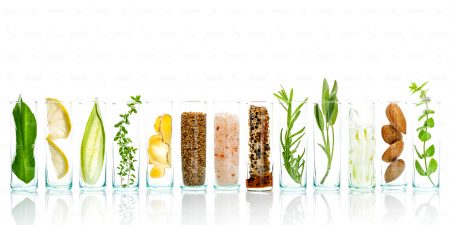
Clean Beauty via clean beauty optics
Clean beauty has become synonymous with various features you’d want a product to have, but what does it really mean? At its core, clean beauty refers to products that don’t contain “harmful” ingredients. Sounds good, right? But what exactly does that mean? Since it’s not an “official” designation, clean beauty has fallen into the vast category of marketing terms that range from meaningful and real to, well, just marketing terms.
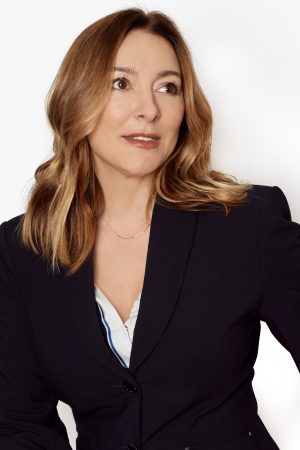
Sherri Sebastian of Provision Scents
My own experience as a perfumer in the fragrance industry behind the scenes for many years makes me pause when I see brands and retailers solely built on this premise, especially when it comes to phthalates, synthetic fragrances, and vegan products.
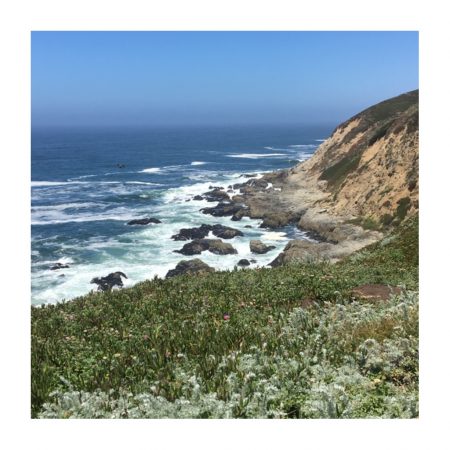
Sherri’s view while hiking along the Pacific Ocean
It’s particularly interesting to see where trends start and how they play out in the retail landscape. To me, clean beauty is not new, but has been evolving for decades and has only recently become part of our everyday beauty vernacular.
Let’s go back for a minute to the early nineties. As an apprentice perfumer, one of the main ingredients I worked with was diethyl phthalate (DEP). Who knew this odorless, seemingly innocuous liquid which worked so well as a solvent in formulations across all categories would soon disappear from our ingredient palettes. Back then, I was so intensely focused on formulations and creating the perfect scent that I didn’t pay attention to marketing trends at all. What I did know is that DEP disappeared from our shelves, and perfumers instead turned to different solvents to use in formulations. Better ones? That’s debatable, but at least brands could rest assured that this ingredient was not in their formulations. Since I haven’t seen DEP being used in formulations since the 90’s, when I see a product today proudly announcing its “phthalate-free” status I’m forced to wonder – who does use DEP nowadays? My guess….not many, if any brands at all.
Another interesting request I’ve had in recent years was for “vegan” perfumes. Again, with no official definitions, where are we going with this exactly? Like DEP, the last few remaining animal-derived fragrance ingredients like civet and castoreum all but disappeared from the shelves of mainstream fragrance houses over two decades ago.
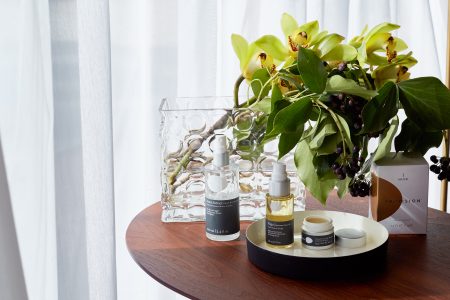
Provision Scents’ take on clean beauty
Taking this a step further, we can say that botanical ingredients are derived from plants, so they are not animal or petroleum-based. But how are these botanical ingredients extracted, processed, and transported from the fields to the manufacturer without using petroleum somewhere along the way? This moves into the “sustainable” conversation, but still, you can see that a holistic view matters when we’re discussing terms that inform a consumers understanding of ingredients and in turn their decisions on what products to use.
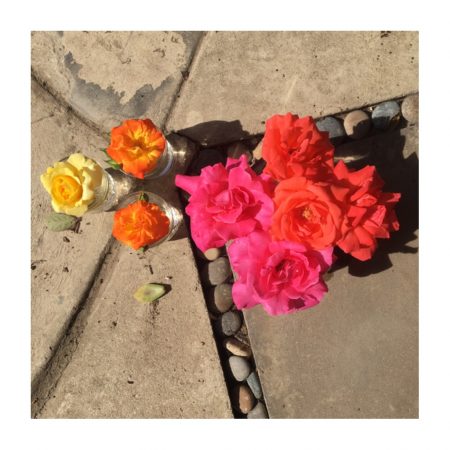
Sherri’s garden inspiration: her weekly rose-cutting ritual
As I watch the pendulum continue to swing in the clean direction, I can’t help but become nostalgic for the good old days when brands had more to say than simply listing off what they don’t contain. This, in part, was a big inspiration behind the development of my own brand of luxury wellness offerings, Provision Scents. I found that there were less and less products I’d want to use that were luxurious, had “good ingredients”, and contained a perfectly curated scent. When I developed this brand, I only used ingredients that I would want to put on my own body, especially focusing on the scent that made the most sense for each product. Based off this and without considering marketing terms, I realized that my products were naturally “clean.” Basically, Provision is a line based on common sense with a little luxury. Even though it’s a clean beauty line, my motivation has always been to make the best product most suited for a particular purpose, and not to check off the right “marketing” boxes.
In summary, is clean beauty a good thing? Of course it is. We all want the best for ourselves, and transparency is an important step in making good decisions about what we put on our bodies. When it comes to marketing terms and big concepts like “clean beauty” that cover a lot of ground, the particulars will continue to change as developers find “better” ingredients. Once you realize that this concept is ever-evolving, you can relax into using your favorite products knowing that the hunt for the next big trends and next best ingredients is already underway.
–Sherri Sebastian, Contributing Editor (Sherri Sebastian is an independent perfumer and founder of luxury wellness beauty brand, Provision Scents. She’s based in Los Angeles and holds a seat on the Board of Directors for the American Society of Perfumers). We are thrilled that she returns to our Notes from the Lab Series.
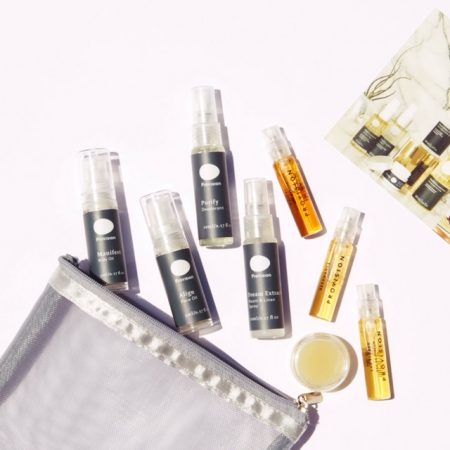
Thanks to Sherri’s generosity we have a curated travel collection (especially for this article) of a set of Provision Scents Clean Beauty body and face care, apothecary and perfumes for one registered reader in the U.S, (you must register or your comment will be ineligible). Please leave a comment with what you learned/enjoyed about Sherri’s article and if you have any questions on Clean Beauty, as Sherri will check back to answer them Draw closes August 6, 2019. Please like The Series on Facebook here and your comment will count twice
Follow us on Instagram @provisionscents and @cafleurebon
Available @indigoperfumery and other fine retailers nationwide
We announce the winners only on our site and on our Facebook page, so like Çafleurebon and use our blog feed, or your dream prize will be just spilled perfume
